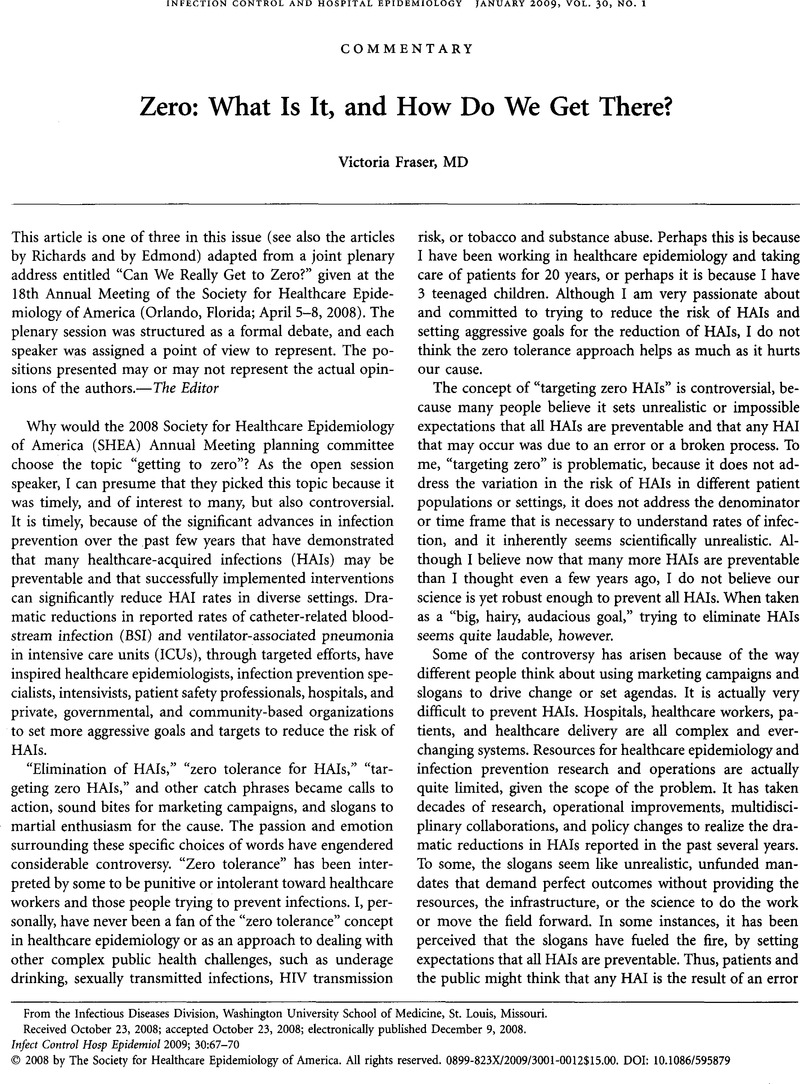Crossref Citations
This article has been cited by the following publications. This list is generated based on data provided by Crossref.
Manning, Mary Lou
2010.
Expanding infection preventionists’ influence in the 21st Century: Looking back to move forward.
American Journal of Infection Control,
Vol. 38,
Issue. 10,
p.
778.
Foucrier, A.
Mourvilier, B.
Wolff, M.
and
Bouadma, L.
2012.
Bundles et prévention des pneumonies acquises sous ventilation mécanique.
Réanimation,
Vol. 21,
Issue. S2,
p.
434.



